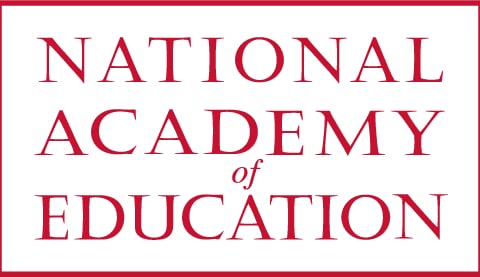Examining Discourse Interactions in Clinical Interviews about Students’ Intuitive Science Knowledge
Rosemary S. Russ
About the research
Award
NAEd/Spencer Postdoctoral Fellowship
Award Year
2010
Institution
Northwestern University
Primary Discipline
Science Education
Education researchers rely heavily on one-on-one cognitive clinical interviews to investigate student intuitive science knowledge and its underlying architecture. However, these interviews do not provide a direct window into cognition; it is only through the interaction with the interviewer that data on students’ thinking is generated (diSessa, 2007; Roth, 2008). Truly understanding that data requires framing clinical interviews as discourse interactions. This project adopts this framing and seeks to, first, systematically unpack interview discourse patterns and, second, examine the relationship of that discourse to the conceptual knowledge students express in the interviews. To characterize the discourse patterns I will design, collect, and videotape clinical interviews with high school physics students about their intuitive understanding of force and motion. Researchers have extensively studied student thinking in this domain (e.g. Ioannides & Vosniadou, 2002) and there exist both a wealth of well-tested interview prompts known to productively elicit student thinking and a thorough account of the breadth of student ideas about force and motion. In addition to the interviews, I will also collect episodes of tutoring and peer collaboration with the same population in the same domain. For each of these three interactions, I will examine their linguistic features – regularities in the discourse that stem not from the content of what is being said but rather when and how it is said – such as the rules for turn taking and repair (Sacks, Schegloff, & Jefferson, 1974), procedures for establishing of common ground (Clark & Schaefer, 1989), and the efficiency and effectiveness of the cooperative talk (Grice, 1975). By comparing both qualitative coding of linguistic features and quantitative measurements such as pause time and utterance length across the three interactions, I will identify those features that distinguish clinical interviews from other forms of talk-in-interaction centered around constructing and explaining science concepts. To examine the influence of these linguistic features, I will first create dynamic profiles describing the conceptual knowledge each student uses during the interview. Consistent with a model of mind in which students posses a relatively large number of weakly-connected abstractions they use to reason about the physical world (diSessa, 1993), these profiles will document the conceptual resources (Hammer, 2004) students draw on in each utterance and the changes in those resources over the course of the interview. I will look for correlations between shifts in student resource use and the linguistic features identified in the first phase of the project. In addition, narrative case studies will be developed to define and explore potential relationships between discourse and conceptual shifts. Given their popularity as a research methodology for understanding student thinking, clinical interviews need to be placed on more solid methodological ground. This work will allow our field to conduct and analyze clinical interviews more responsibly by elucidating whether and how the interaction impacts students’ expressed knowledge. It will also help to define those interactional skills that are most influential on student thinking so that those new to clinical interviewing can develop expertise in using them to tap the full breadth of students’ ideas.
About Rosemary S. Russ
N/A
